Class War Is Pinterest’s Hottest Trend Prediction
Is Pinterest’s 2025 trend report a herald of the revolution?
When Pinterest released its 2025 trend report predicting this year’s hottest trends, I saw one glaring prediction among them that had been omitted from the brand safe list — class war.
The report of 20 trends, packaged neatly into a pleasurably scrollable page, ranges from obvious to confusing. “Cherry Coded” is at the top of the list, which fashion commentators are pointing out seems extraordinarily late in the trend cycle to call a prediction. Others like “Rebel Floats,” a nod to retro soda, beg the question, Wait, what are we talking about again?
What stuck out to me while reading through this list is the political tension that strings them together. “Goddess Complex” is a blatant repackaging of hyperfeminine tradwife discourse that has taken over our feeds. Predicting that “Nesting Parties” will trend feels somewhat insidious considering women’s uncertain and increasingly fragile access to reproductive health care.
Fashion is inherently political, and if Pinterest’s model is as effective at capturing the cultural vibe as it claims it is, there’s a lot to discuss.
I wanted to share some historical context around four predictions — Rococo Revival, Castlecore, Sea Witchery, and Surrealist Soirees — to shed some light on why these aesthetics might be finding new popularity in 2025.
Rococo Revival
Picture yards of hand-dyed silk, endless palace hallways, and Marie Antoinette’s penchant for extravagance. Rococo is a style that calls back to a violent revolution against the ruling class in 18th Century France — a style that not only existed within the period of unrest but actively stoked the flames of rebellion.
The French monarchy, particularly in its later years under Louis XVI, was defined by opulence, excess, abundance, and a casual flaunting of wealth. The Palace of Versailles was a monument to the royals’ lavish living, of which French commoners were growing increasingly tired.
The clothes of the ruling class were but a symbol of oppression to those part of the revolution: fantastical flowing dresses that used obscene amounts of expensive fabric; spools and spools of intricate lace and ribbons to adorn a single outfit; shoes made from materials so fragile they could only be looked at, never worn.
“We remember Rococo by its trifles: rose-coloured macarons, powdered cheeks, everything tied up in bows,” fashion historian
wrote for Pan and the Dream. “We think less of the fear that trembled beneath this surface, the blistering friction of their glossy world pressed up against the air of unrest outside.”Is an American healthcare CEO being shot on surveillance footage in midtown Manhattan a modern reenactment of Marie Antoinette’s guillotining? Pinterest also suggests maximalist cakes will trend, but no one can afford the eggs to bake them.
Castlecore
It’s only fitting that the princesses in the castles (or in our case, influencers at the MET Gala), need someone guarding the gates.
Aesthetically, I can’t lie, I love a medieval influence. But if everyone is wearing armor, whose swords are we shielding ourselves from? It’s an all-out class war in the chain mail aisle at Michael’s.
Similarly to our discussion of the French Revolution, the European Medieval period was one of glaring and dangerous wealth disparity. (Granted soap wasn’t very popular, so everyone was kind of in a dangerous spot.)
Europe’s feudalism phase left landowning elites in charge of ruling the lower classes, where the majority of workers were bound to the wills of their landlords and lived under harsh conditions only marginally better than that of a slave.
The feudal fire was dampened by class revolutions in the 1500s, but the final flame was stomped out with the French Revolution in the 1790s. Now, housing crises loom in what feels like every city, and the American president-elect claims it a priority to privatize government entities — it can feel like we’re staring down the barrel of modern-day feudalism already.
As a fire rips through the Los Angeles area, social media has been quick to point out the consequences of a billionaire class controlling our waterways. “This terraforming-water system has subsidized the creation of housing in places where it should not exist,” writes
of Weaponized Immigrant. “It helped create the perfect matchbox. And this matchbox is burning right now in Los Angeles.”Sea Witchery
On the surface, Pinterest’s trend prediction of “sea witchery” reflects a desire to escape into the ocean, free from troubles on land. Perhaps escaping a feudal lord’s tirades? Upon diving into the sea, past the break of the waves, the witches will tell you: they’ve seen this all before.
The concept of “witches” in history describes a marginalized group of people who have faced violent religious persecution for centuries. The witch archetype is the epitome of what conservative men in the media spout fears of — unwed, knowledgable about poison, no botox, etc. What is a stereotypical witch but a childless cat lady?
Historically, aligning oneself with witchy ideals and aesthetics is in direct opposition to puritanical and traditional values. As women continue to be religiously persecuted over the next four years, this will still be the case. I dug into this a bit last year in Raiding the Closet of the Witch Next Door.
“There’s an element of resistance inherent in the idea of being a witch — ostracized from society, often living among mostly other women, self-sufficient and rarely with a man by her side — that speaks to the desires of young women more and more so with each generation.”
I wouldn’t be surprised by a resurgence of the late great Alexander McQueen, who was quite fond of the sea witch and had a soft spot for the extra scary ones: “I design clothes because I don’t want women to look all innocent and naïve… I want women to look stronger… I don’t like women to be taken advantage of… I don’t like men whistling at women in the street. I think they deserve more respect… I want people to be afraid of the women I dress.”
McQueen was more than familiar with witch trials — his 2007 Fall/Winter collection was dedicated to a Salem woman, also a distant relative of his, who had been hung after an accusation of witchcraft. In the collection, titled “In Memory of Elizabeth How, Salem 1692,” he explored the concept of persecution and its close historical ties to paganism.
Surrealist Soirees
The surrealist movement was largely a protest of WWI — a belief that traditional thinking is what causes tragedy like war. The father of Surrealism, André Breton, who pioneered the movement in 1920s Paris, was heavily influenced by the political ideals of Karl Marx and the psychological theories of Sigmund Freud.
Surrealism was born as a form of uninhibited expression, which doesn’t align naturally with conservative values that prioritize sameness, rationality, and tradition.
“The movement aimed to free people from the rationalization of social/political structures which acted, ultimately, as oppressors,” Dean Poulter wrote in his essay on the ideology’s history. Surrealists aimed to view the world through a progressive lens, or in Breton’s own words, it was a method to “transform the world, change life, refashion human understanding from top to bottom.”
Despite the movement’s rather messy history, its lofty pursuit of human over capital remains radical 100 years later. Breton certainly couldn’t have anticipated billionaires in public office and genocide broadcasted to iPhone screens worldwide.
Surrealism experiencing a resurgence now — with its inextricable ties to progressive anti-war anti-capitalist ideology — reflects cultural desires to rebel against systems of oppression. Looking beyond swirly faces and melting clocks, Surrealism saw a better future, just as we do.
Further reading:
Who Really Creates Trends? (Pinterest Predicts is here), by
, for a fantastic behind-the-scenes look at the report.The Tradwife Trend Is a Risky Throwback, by Marika Lindholm, on the dangers and realities of tradwifery.
- , on the intricacies of royal portraits and their effect on the people’s perception.
The divine feminine: The return of new-age movements and the politics of women’s spirituality, by Chloé Bruère Dawson, on the origins of the “divine feminine.”
Gig workers aren’t self-employed – they’re modern-day feudal serfs, by Geraint Harvey, Naveena Prakasam, and Refat Shakirzhanov.
the big business of sad beige, by
, on the politics of Pantone."God Knows I Am Innocent of Any Thing in This Nature": Alexander McQueen and His Ancestor Elizabeth How, by the New York Historical Center for Women’s History.
The violence and creativity of André Breton’s Surrealism, by Mark Polizzotti, an intricate and zany history of the movement.
I’d love to hear your thoughts on Pinterest’s trend report — whether you agree with them, disagree with them, or, like me, saw political unrest bubbling up underneath them.
What did Pinterest get right? What did it get wrong? What do you predict will trend in 2025?



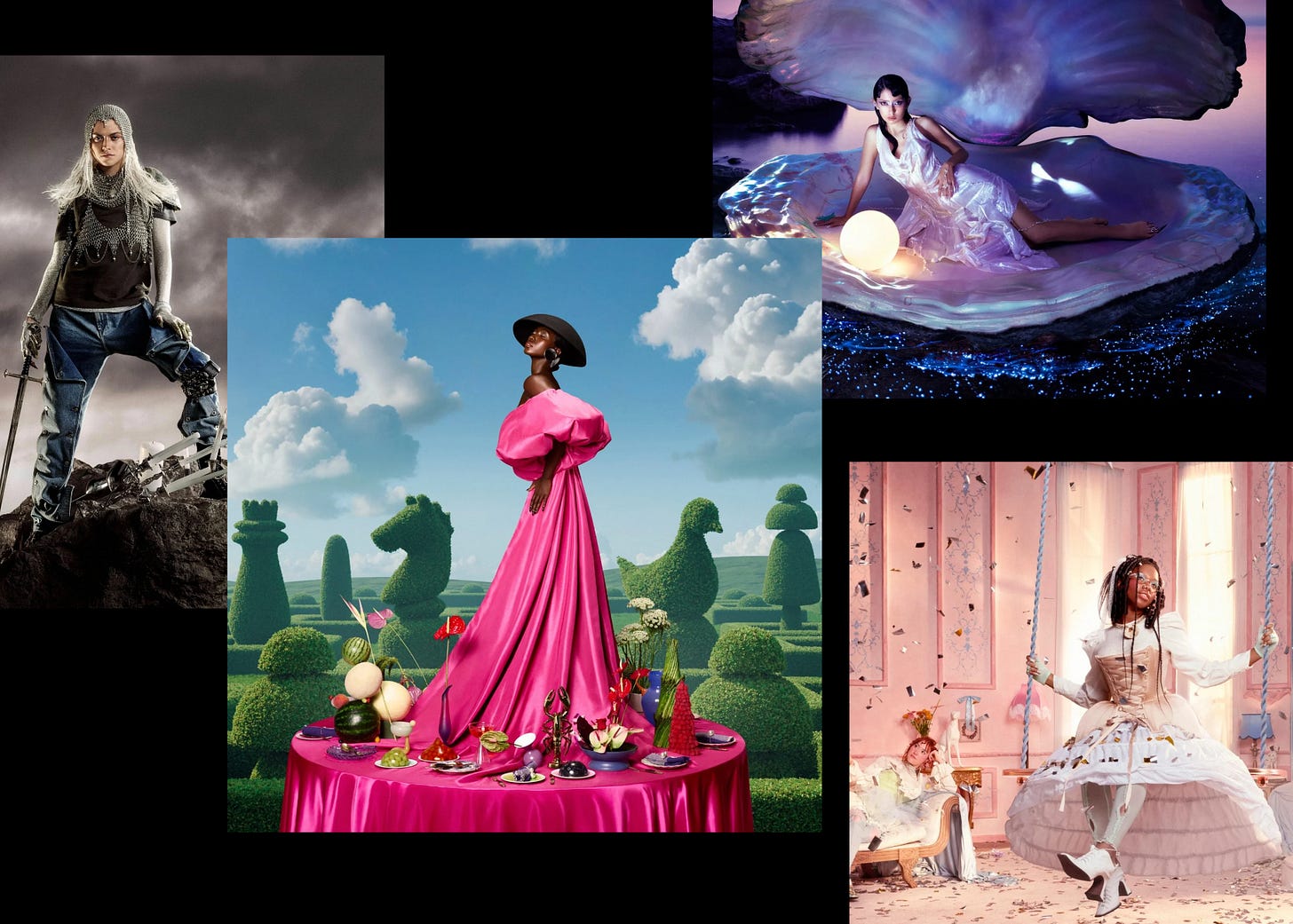

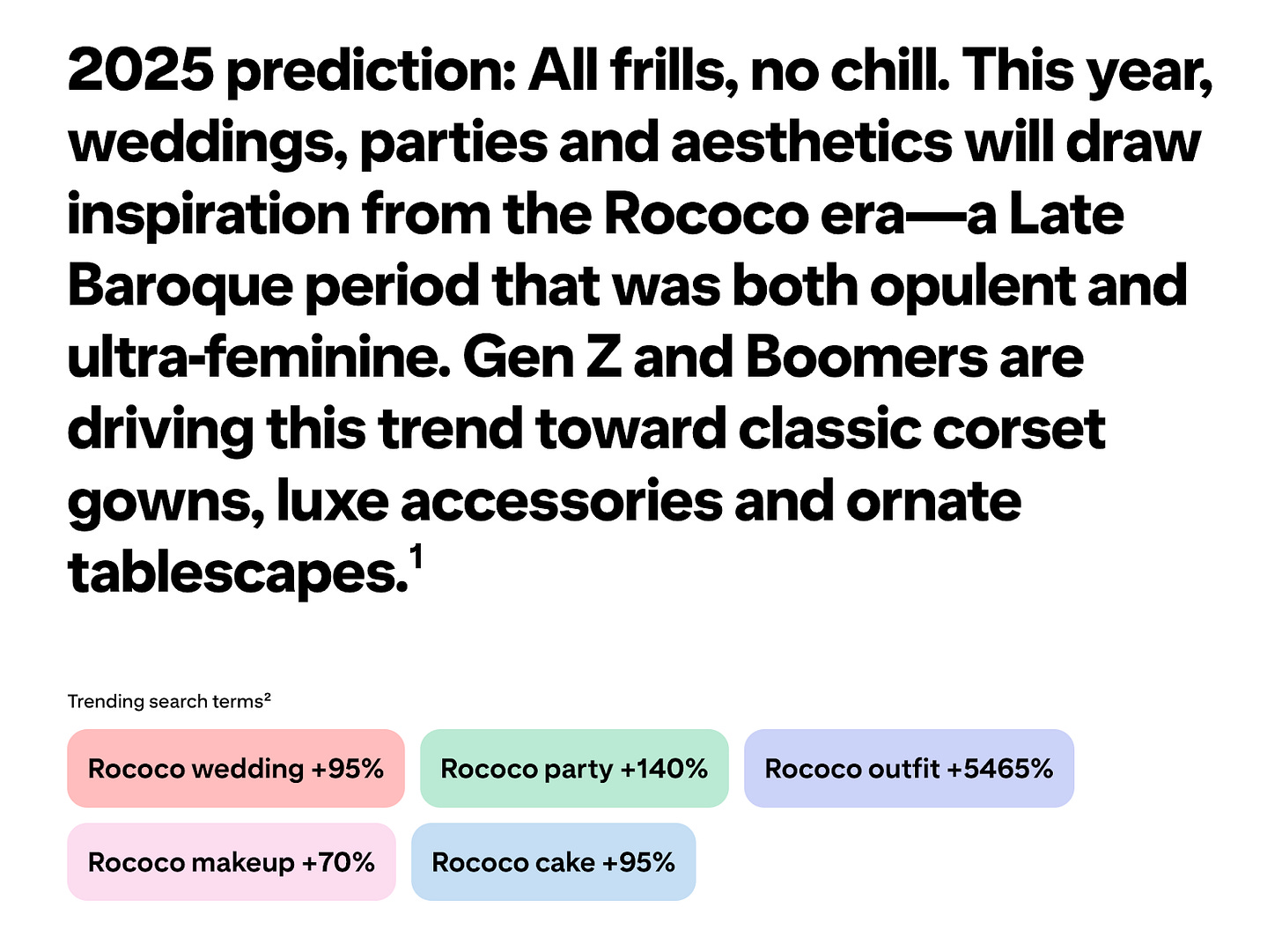
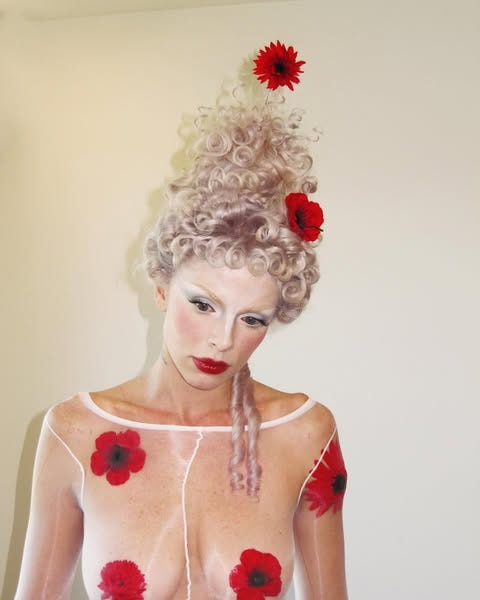
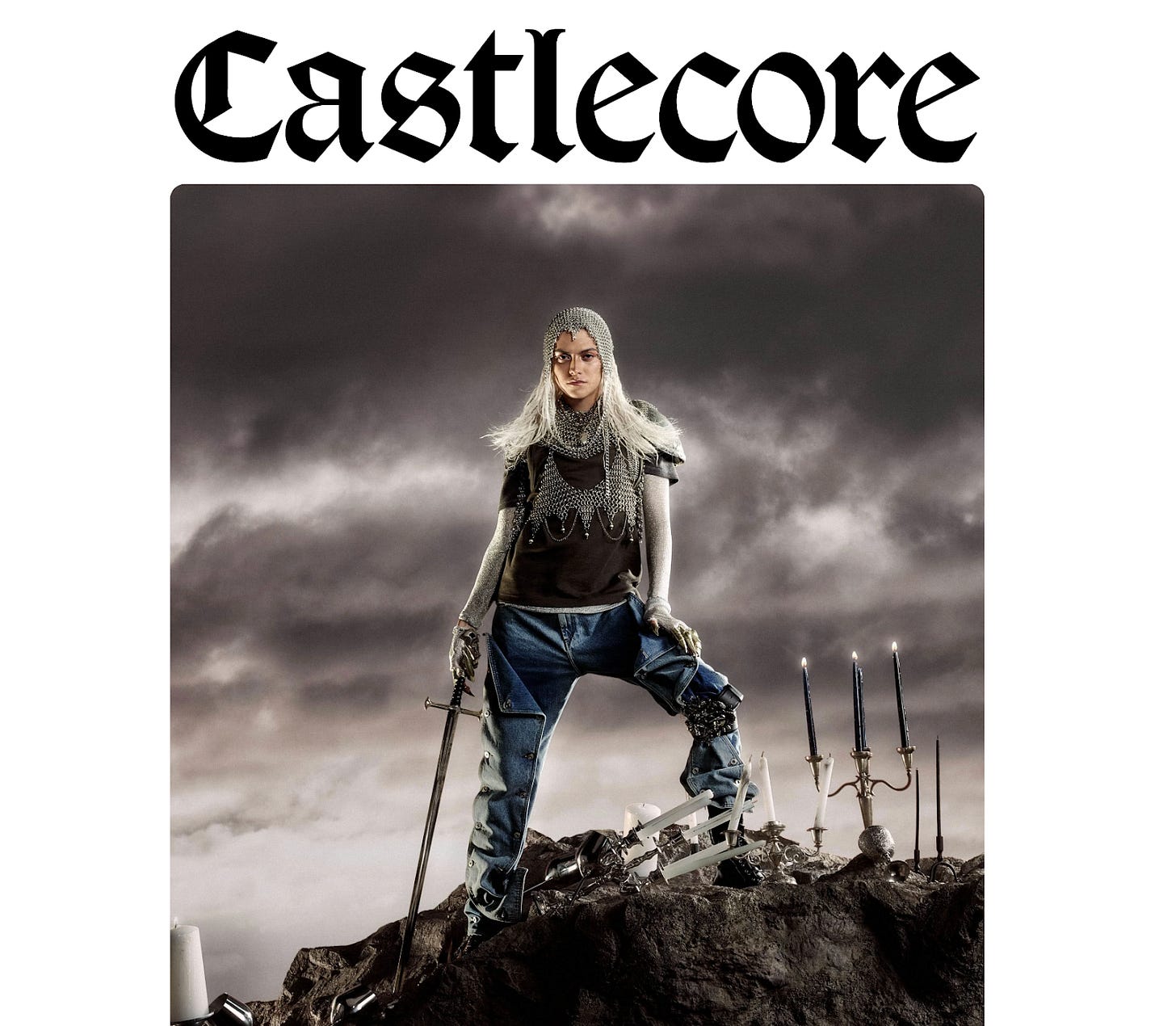
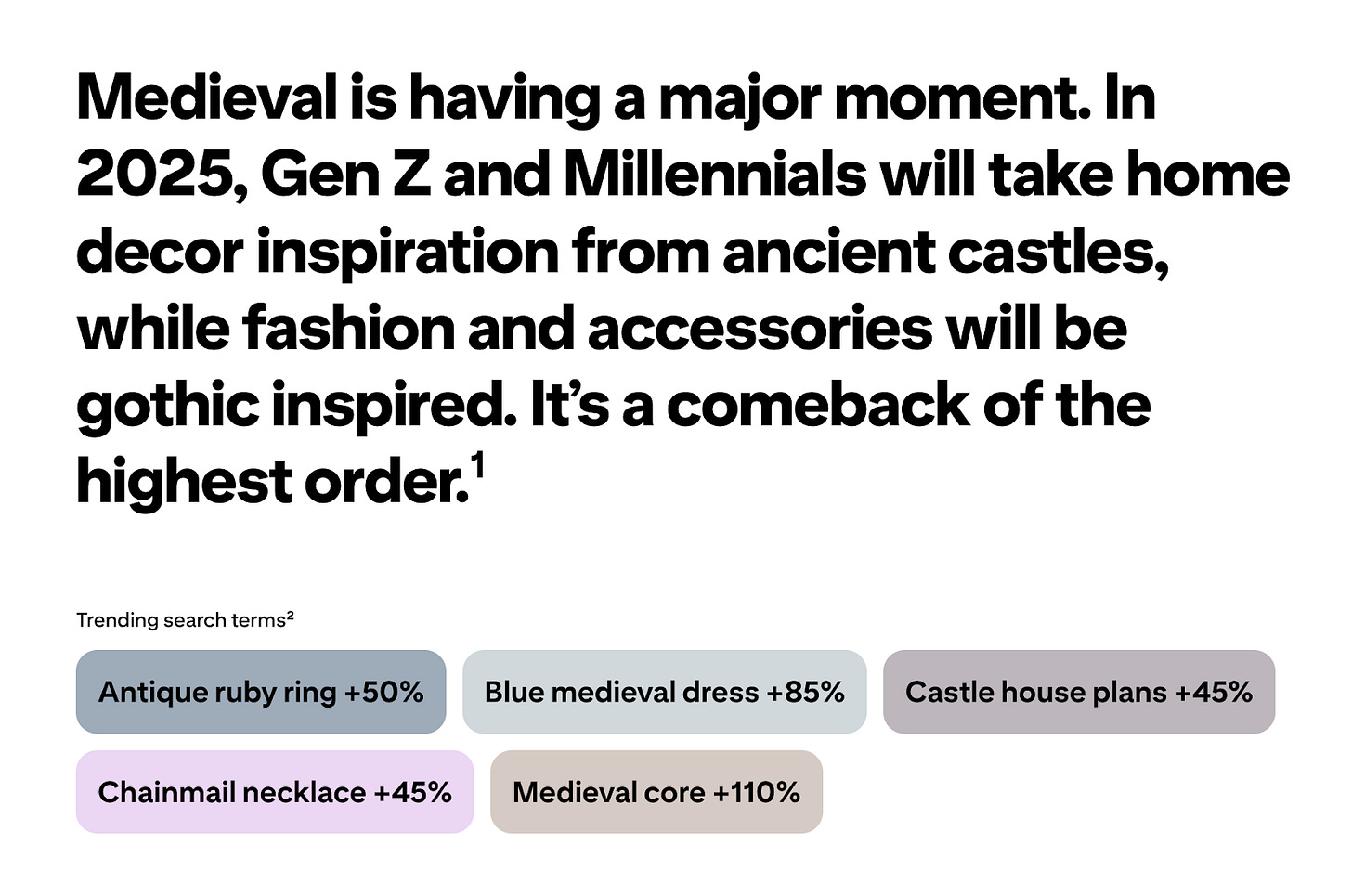






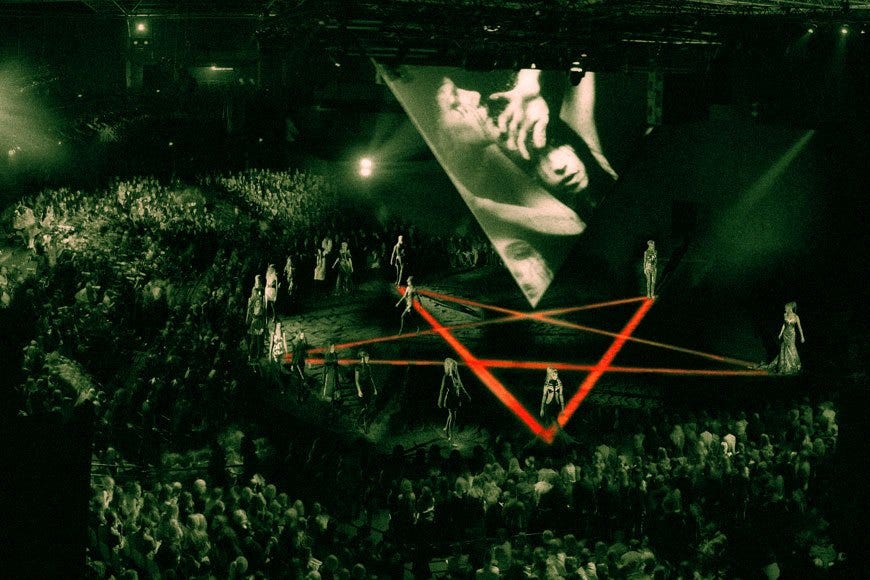

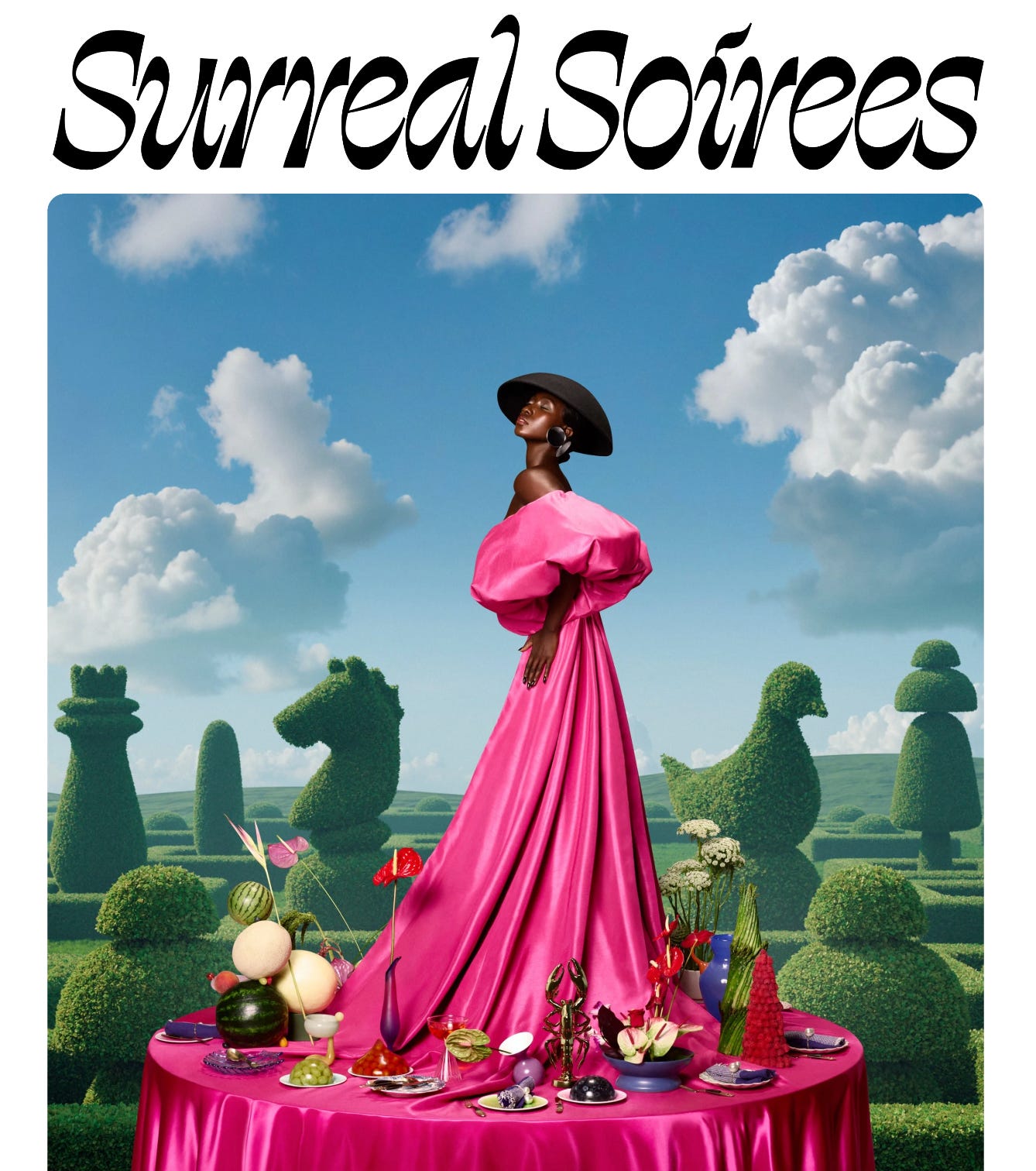


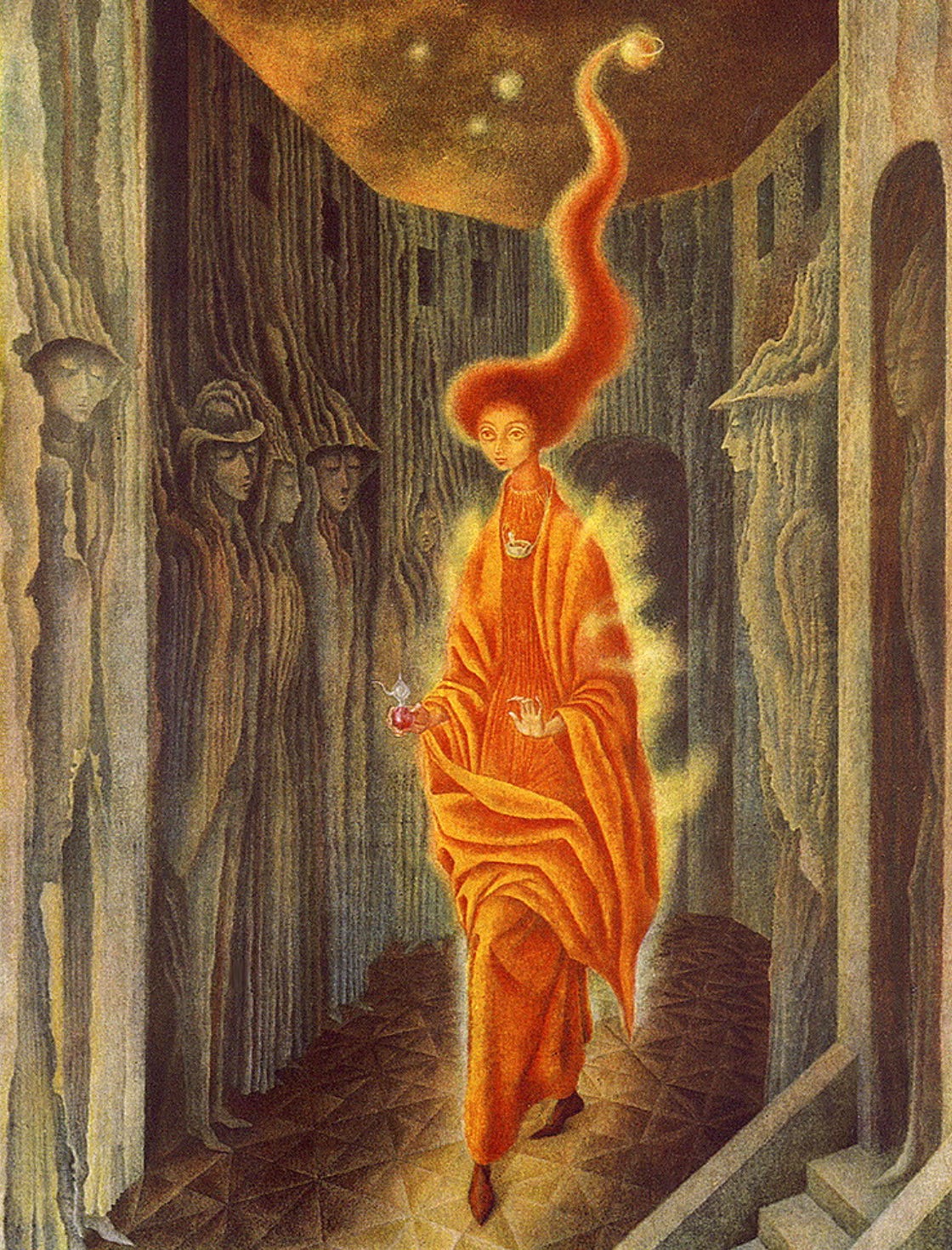



great overview and so thoughtful!
Was waiting for this one !!! Don’t forget haleyybaylee’s “let them eat cake” met gala look! This was so thoughtful, so glad you published it